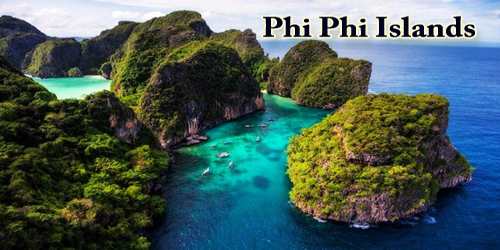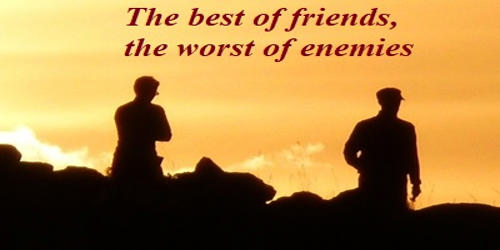Plate tectonics is a scientific hypothesis that describes the large-scale movement of the Earth’s lithosphere. According to scientific theory, the Earth’s lithosphere is made up of a number of huge tectonic plates that have been gently moving since around 3.4 billion years ago. The Earth’s lithosphere is made up of several large and small plates that float in the semi-fluid asthenosphere underneath.
The model is based on the notion of continental drift, which was established during the first decades of the twentieth century. Plate tectonics became widely accepted among geoscientists when seafloor spreading was proven in the mid-to-late 1960s. These plates interact in a variety of ways, resulting in geological events such as earthquakes, volcanoes, mountain construction, and continent creation and movement.
Here are the main components and processes associated with plate tectonics:
- Tectonic Plates: The Earth’s lithosphere is divided into several major plates, including the North American Plate, Eurasian Plate, African Plate, Pacific Plate, and others, along with many smaller plates.
- Subduction: This is the process where one tectonic plate moves beneath another as they converge. When an oceanic plate and a continental plate converge, the denser oceanic plate usually subducts beneath the continental plate.
- Seafloor Spreading: This is the process that occurs at mid-ocean ridges where new oceanic crust is formed through volcanic activity and then moves away from the ridge.
- Mountain Building: Convergent boundaries can lead to the uplift of large mountain ranges, like the Himalayas, due to the collision of two continental plates.
Tectonic plates are made up of oceanic lithosphere and thicker continental lithosphere, which are each capped by a distinct type of crust. Subduction occurs along convergent plate borders, transporting the edge of one plate beneath the other and into the mantle. This process diminishes the Earth’s total surface area (crust). The lost surface is compensated for by the production of new oceanic crust along divergent borders by seafloor spreading, which keeps the overall surface area constant in a tectonic “conveyor belt”.
Earthquakes and Volcanoes
The movement and interaction of tectonic plates can result in seismic activity and volcanic eruptions. Earthquakes frequently occur near plate boundaries or along fault lines within plates, whereas volcanoes can arise at convergent boundaries, divergent boundaries, or hotspots.
Earth’s lithosphere, the planet’s rigid outer shell that includes the crust and upper mantle, is divided into seven or eight major plates (depending on how they are classified) and numerous lesser plates or “platelets”. Where the plates meet, their relative velocity determines whether the plate boundary (or fault) is convergent, divergent, or transform. The plates’ relative movement normally ranges from zero to ten centimeters annually. Faults are typically geologically active, causing earthquakes, volcanic activity, mountain-building, and oceanic trench creation.
Plate Boundaries: The edges where these tectonic plates meet are known as plate boundaries. There are three main types of plate boundaries:
- Divergent Boundaries: Plates move away from each other. This leads to the formation of mid-ocean ridges and rift valleys.
- Convergent Boundaries: Plates move towards each other. Depending on the types of plates involved, this can result in subduction zones, mountain-building, or the formation of deep-sea trenches.
- Transform Boundaries: Plates slide past each other horizontally. This often results in earthquakes.
Plate tectonics provides a framework for understanding a wide range of geological events and has played an important role in shaping the Earth’s surface for millions of years. It also has ramifications for natural disasters, mineral resources, and the distribution of continents and oceans on Earth.
















